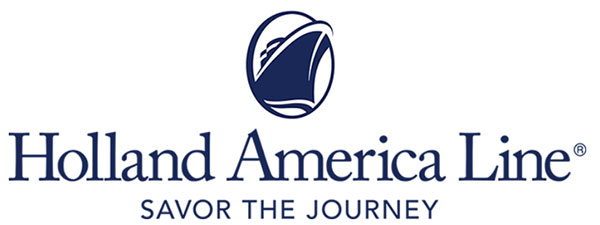
Not your father’s love boat.
The story of a 150-year-old Dutch shipping line that found a safe harbor in Washington State may sound like a sailor’s yarn, but this is one tall tale that is fact, not fiction.
 The story begins near the Rotterdam docks in 1873. A new cargo and passenger line, the Nederlandsche-Amerikaansche Stoomvaart Maatschappij (Netherlands-America Steamship Company), opened for business. The company’s ships went on to play a central role in the mass migration of Europeans to the United States at the turn of the century. More than 850,000 immigrants traveled across the Atlantic aboard Holland America Line ships, bound for Ellis Island.
The story begins near the Rotterdam docks in 1873. A new cargo and passenger line, the Nederlandsche-Amerikaansche Stoomvaart Maatschappij (Netherlands-America Steamship Company), opened for business. The company’s ships went on to play a central role in the mass migration of Europeans to the United States at the turn of the century. More than 850,000 immigrants traveled across the Atlantic aboard Holland America Line ships, bound for Ellis Island.
The shadow of world war would change the course of the company’s fortunes. Of the 25 ships Holland America had in its fleet before the outbreak of World War II, only nine survived the treacherous Atlantic waters as Axis and Allied forces battled for supremacy at sea.
Following the war, Holland America’s brand became synonymous with the idea of adventure on the high seas. Long before there was a Captain Stubing or a Love Boat, Holland America offered the well-heeled and well-traveled cruises to some of the world’s most exotic and exclusive destinations. Always the innovator, the company’s first vacation cruise was offered in 1895.
But the age of air travel brought transatlantic service to a close. Seeking to differentiate itself and find new markets, Holland America recreated itself yet again, painting its ships’ hulls midnight blue to contrast with the white superstructure, employing an all-Dutch crew to handle deck service and looking for new opportunities.
One of those opportunities turned out to be in the last great frontier, Alaska. A Seattle company, Westours, had a virtual lock on the Alaska cruise market at the time, not only conducting cruises to the wilderness frontier but offering cruise passengers extended stay packages in their company-owned hotels.
It was a perfect match. Westours needed capital. Holland America needed new markets. The two companies agreed to merge operations and A. Kirk Lanterman, who guided Westours’ success, was named CEO of Holland America. At Lanterman’s request, Holland America Lines moved its headquarters from Stamford, Connecticut to Seattle in 1983 to be closer to its biggest cruise territory.
Alaska’s popularity drew the attention of another cruise line, Carnival, which bought Holland America six years later. The freshly capitalized company now had the funds to add new ships and expand service, reintroducing cruises to Europe. By 1996, the company had eight ships of the line serving the Caribbean, Canada and New England. Holland America also purchased Little San Salvador, a private island in the Bahamas which is now known as Half Moon Cay.
Today, the company is anchored in its new headquarters on Seattle’s waterfront. A single facility houses Holland America, Princess and Seabourn lines, creating new efficiencies in operations. The 150,000 square foot headquarters echoes the golden age of oceangoing travel, complete with brass clocks to mark the time in each port of call and a large compass etched into the atrium’s concrete floor.
Holland America’s fleet consists of 14 ships that offer 500 cruises annually to 415 ports in 98 countries. It is the undisputed leader in the premium segment of the cruise industry and a true Washington business legend.
Want to know more about Holland America? Visit the cruise line’s website.